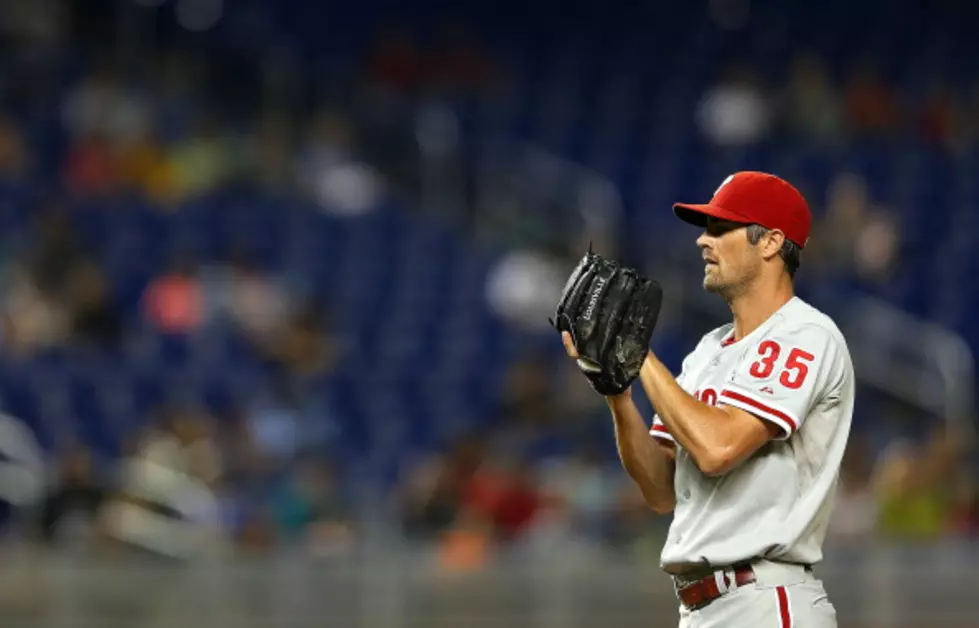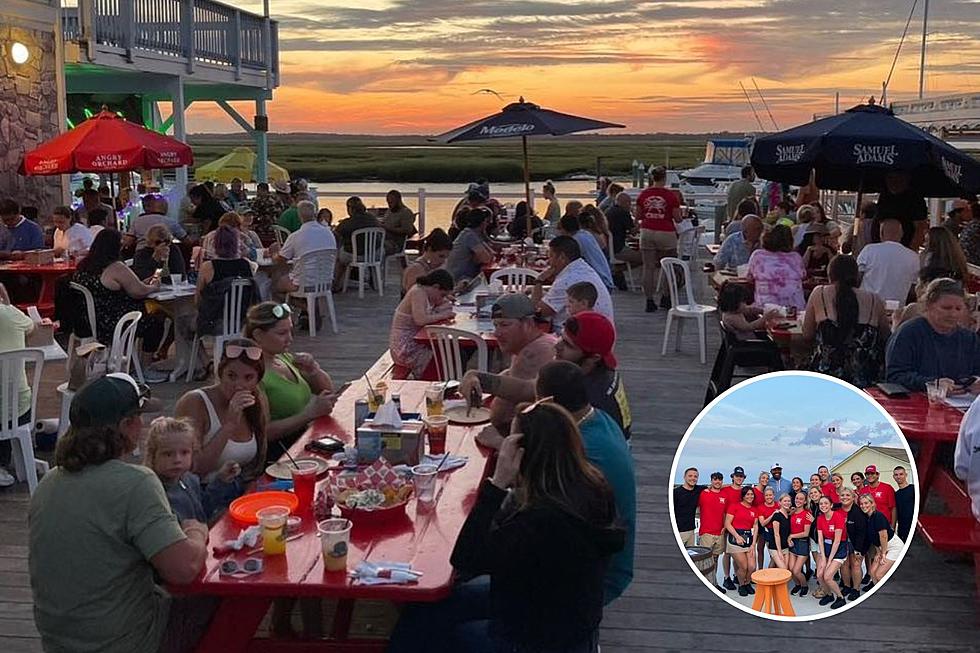
Is it Time to Question Amaro?
Maybe Ruben Amaro isn't the wunderkid we thought he was.
Maybe he's flawed. Shortsighted. Impulsive.
Maybe he's susceptible to the same spending mistakes as the rest of the sport.
Look at what he's done to the roster. The team is stuck with three $20 million contracts in Roy Halladay, Cliff Lee and Ryan Howard, only one of whom pays it back in reliability. They've acquired players at will, via trade (in order: Lee, Halladay, Oswalt, Hunter Pence) and free agency (Lee 2.0, Jonathan Papelbon) emptying out the cupboard (most notably and recently stud prospect pitchers Jarred Cosart and Jonathan Singleton) and piling it on in payroll.
All that, without regard for unintended consequences.
Moves like those create a culture without accountability. Like they’re saying: Lose the World Series in 2009? Reel Halladay and Oswalt to compensate. Fall to the Giants in the 2010 NLCS? Bring back Lee and bring on Pence. Stumble in the first round in 2011? Dial up the priciest closer that money can buy.
That's the solution. That's the message.
"There was a hole. We'll spackle it."
It's not that the slack should’ve been picked up from within. That Howard should've tinkered with his swing. That Charlie Manuel should've challenged the lineup, benching and shuffling and coaching up the order when it wasn't producing. That the lineup should've learned to stand on its own two feet, instead of leaning on the staff.
No, no.
That the problem could be cured from the outside, mitigated away by padding the payroll.
It’s enabling the Phillies’ track record of denial. That’s why Howard hasn’t caught heat for five 170-plus-strikeout seasons in his last six. Why Manuel wasn’t roasted for letting the lineup stumble to averages like Carlos Ruiz (.059), Howard and Placido Polanco (.105), Raul Ibanez (.200) and Pence (.211) in the NLDS without batting an eye. Why there was no reprimand for a lineup that let Halladay, Lee and Hamels fry for a combined 33 starts with two runs of support or fewer for a combined 8-20 record (of 96 starts total, or 34 percent).
Now, I’m not sure what’s worse: That the team can’t re-sign Hamels, or that we feel it has to find a way to. That’s how crazy this thing has gotten. Rather than team-building like champions—through the player draft and farm system—the Phillies cop out like spoiled children, shopping and buying and whining at the first sign of a problem.
There was hope that Amaro would stop himself. With the Jim Thome signing came not only an answer to first base while Howard nurses his ruptured Achilles, but also the first glimmer of pragmatism. They addressed a problem with a practical solution.
Then came Jimmy Rollins, for three years and $33 million, and Jonathan Papelbon, for five years and $50 million, and there that momentum went. The Phillies needed a shortstop, and could’ve used a closer—who knew whether Ryan Madson would re-sign, or replicate his 32-for-34 season from a year ago?—but both were like treating a headache with a lobotomy.
#Overkill.
Worse, that money could've been chalked up as savings. In declining options for Oswalt and Brad Lidge, the Phillies could've applied that $28.5 million toward top priority stuff. Say, locking up Cole Hamels beyond a one-year, $15 million patch.
Now? Hamels, inarguably the toast of the upcoming 2013 free agent crop, might not fit the budget.
"This is certainly going to test the limits of how much growth is within this organization," Tom Verducci of SI told Mike Gill of 97.3 ESPN Radio South Jersey Tuesday. "It's going to be a squeeze, no doubt."
"When (Hamels) gets to free agency, he's going to be looking for $20 million a year, and I think he should get it," said ESPN's Keith Law Tuesday. "I don't know that the Phillies are going to be able to do that with the other commitments they've made."
Then what?
Unless losing Hamels is addition by subtraction, and the team can and will elevate its game on-command to compensate for losing the best up-and-coming left-hander in the game, that's a problem.
And it started with Amaro.
"This all comes back to the mistakes that Amaro has made," said Law. "These kinds of financial moves are hamstringing the franchise."
It's the same spending that torpedoed the Red Sox. Instead of milking mild victories in signing Carl Crawford and Adrian Gonzalez away from the Evil Empire for the better half of a decade (and distancing itself from similar losses in C.C. Sabathia and Mark Teixeira in 2008), the organization found itself saddled. In the wake of the "Fried Chicken And Beer In The Clubhouse" fiasco and with the front-office up to its ears in sunk costs, Theo Epstein bailed. He knew he couldn't repair a broken franchise with broken talent of its broken players. So too did Terry Francona, a guy way too talented for so unceremonious an exit.
This is where the Phillies are headed. This is where Amaro's whims are taking them.
It sounds sacrilege. Why? Because of the Phillies charm, how they're the consummate underdog team of blue-collar players without the burdens and egos of front-runners.
Or at least they were.
That's not them anymore, not anymore than it is the Red Sox, who once tap danced on the improbable all throughout those magical Four Nights In October 2004, now better known for slugging OPB and wolfing KFC.
Losing Hamels might be the first piece to fall.
But this thing started crumbling a long, long time ago.
More From 97.3 ESPN









